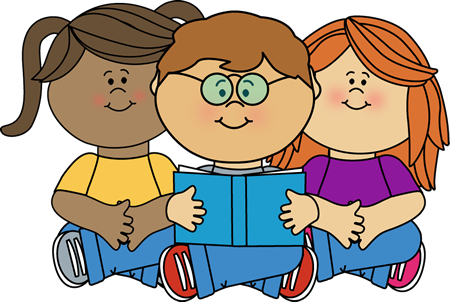Reading fluency is an important part of reading. I like to tell my children that fluency is the ability to read like you are talking to your friends. Fluency can come naturally for some students whereas other students may need some practice. Learning sight words is one step to reading fluency. Fluency pyramids can be used to help students learn sight words as well as practice reading fluently.
So what exactly is a fluency pyramid? A fluency pyramid is a sentence that has been broken up to look like a triangle with repeated phrases, adding a new word to the sentences on each line. It will look like this;

I
I like
I like to
I like to run
I like to run and
I like to run and jump
I have created a collection of fluency pyramids that follow a scope and sequence (stories that build upon each other). The stories that I created contain only sight words and a few three letter words that can easily be sounded out.
Scope and Sequence of words
Fluency Pyramids Collection
Fluency Pyramids
My recommendation is to use the sequence of words to introduce the stories as they will build on each other.
Happy Reading!





